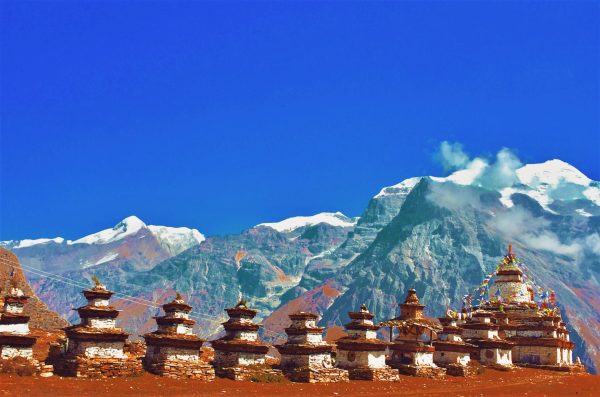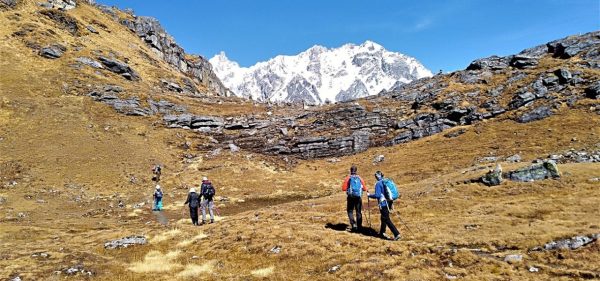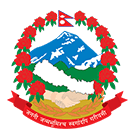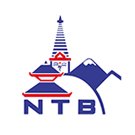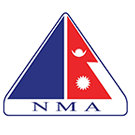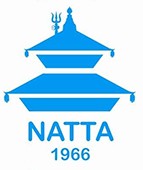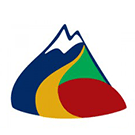Trip Facts
Trip Overview
Overview of the Annapurna Circuit Trek in Nepal
The Annapurna Circuit Trek is one of the most spectacular and unforgettable trekking adventures in Nepal. Since opening to foreign trekkers in 1977, this classic Annapurna trekking route has attracted adventurers worldwide. The trek offers dramatic landscapes, including deep gorges, high mountain passes, ancient Buddhist temples, and rustic villages. Along the Annapurna Circuit trail, trekkers enjoy breathtaking views of the Annapurna Massif and Dhaulagiri, making it a top choice for nature lovers and culture seekers alike.
Highlights of the Annapurna Circuit Trek in Nepal
The highlight of the Annapurna Circuit Trek is crossing the iconic Thorong La Pass, which stands at 5,416 meters (17,769 feet). This challenging pass rewards trekkers with stunning views of peaks such as Annapurna I-IV, Annapurna South, Gangapurna, Nilgiri, Machhapuchhre, and Dhaulagiri. The trek covers diverse landscapes—from lush valleys to rugged highlands—making it a thrilling and unique experience.
Route and Cultural Experience on the Annapurna Circuit Trek
The Annapurna Circuit Trek follows a circular route around the Annapurna Massif in Nepal’s Annapurna region. Starting in the Marsyangdi Valley, the trail climbs north of the main Himalayan range toward Thorong La Pass. After crossing the pass, the trail descends onto a high-altitude plateau and continues south along the Kali Gandaki Valley, the world’s deepest gorge. Along the way, trekkers encounter local Gurung, Magar, and Thakali communities, offering a rich cultural experience.
Best Time to Trek the Annapurna Circuit
The best times for the Annapurna Circuit Trek are spring (March to May) and autumn (September to November). Spring brings mild weather, blooming rhododendrons, and clear skies perfect for mountain views. Autumn offers crisp air, stable weather, and vibrant local festivals.
Physical Fitness for the Annapurna Circuit Trek
The Annapurna Circuit Trek is moderate to challenging. Trekkers should be in good physical shape to hike 5-7 hours daily on varied terrain and altitudes from 800 meters (2,625 feet) to 5,416 meters (17,769 feet) at Thorong La Pass. Prior high-altitude experience is not required, but cardio, strength training, and practice hikes 4-6 weeks before the trek are recommended to prepare for endurance and altitude.
Why Choose Nepal Sanctuary Treks for Your Khopra Ridge Trek?
With Nepal Sanctuary Treks, your Annapurna Circuit Trek is fully customized. As a Travelife Certified Company, we are committed to sustainable tourism and supporting local communities. Our focus is on both adventure and cultural immersion, ensuring a unique and enriching experience. Your trek also supports local communities through stays in community lodges, promoting responsible tourism that benefits both you and the people of Nepal. Our experienced team, who knows the Annapurna Circuit Trek well, will guide you every step of the way.
We focus on small group sizes and strict safety protocols, offering personalized care and attention. Our long-standing relationships with trusted suppliers ensure you have high-quality accommodations and reliable transportation during your Annapurna Circuit Trek.
Ready for Your Next Adventure?
Explore the breathtaking Annapurna Circuit Trek in Nepal’s Annapurna region. Book your trek with Nepal Sanctuary Treks today. This is only a sample itinerary of Annapurna Circuit Trek. We shall tailor-make the program according to your preferences and requirements.
Note: Below Annapurna Circuit Trek’s hours, altitudes and distances are approximate, and absolutely for the general idea only.

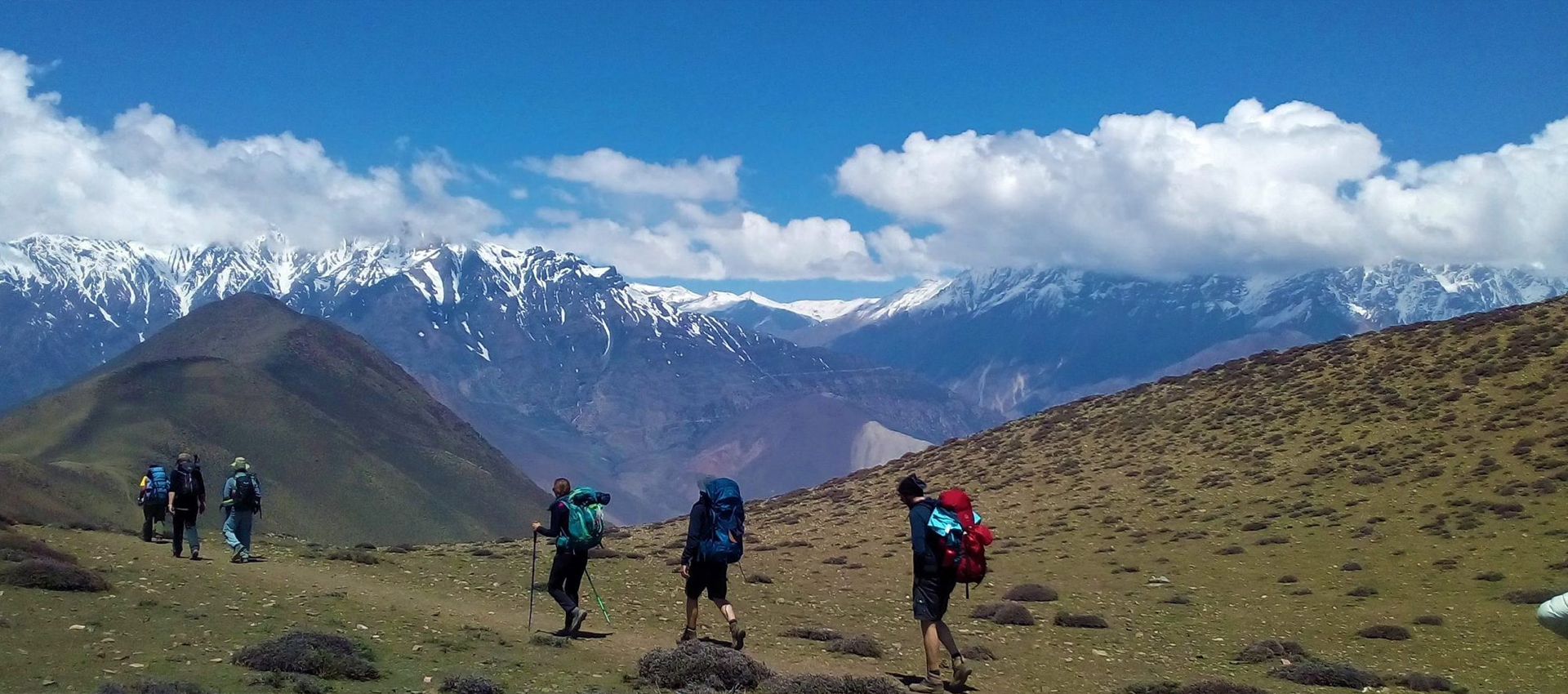
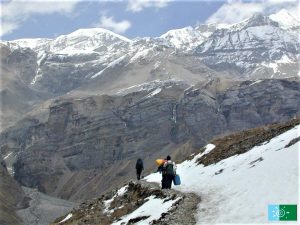
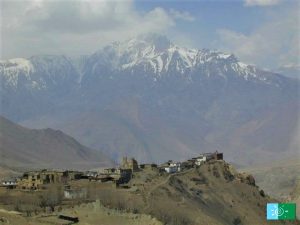
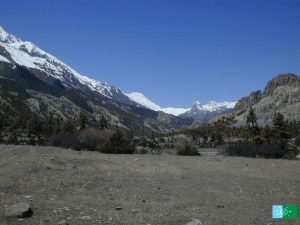
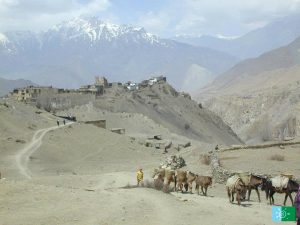
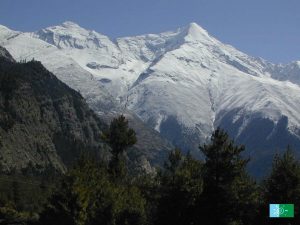
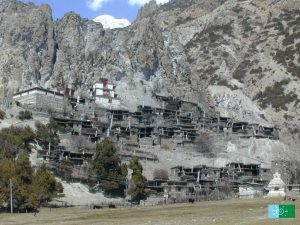
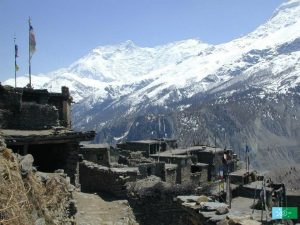
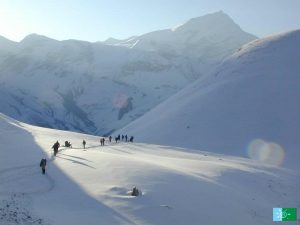
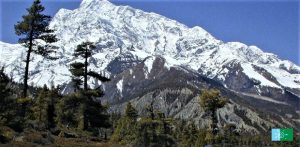
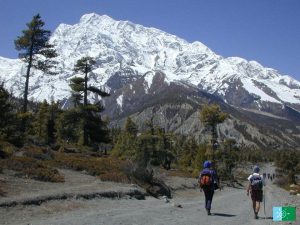
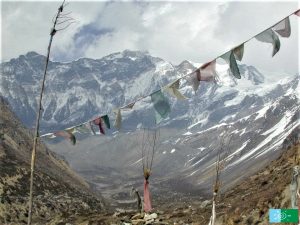
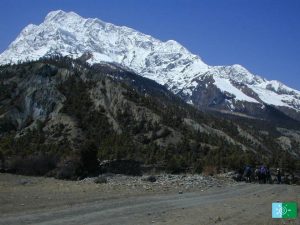
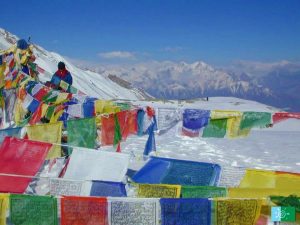
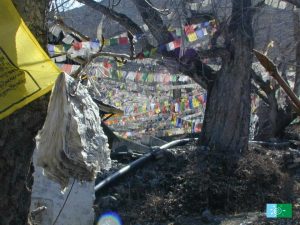
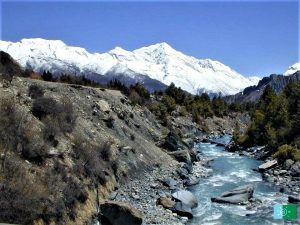
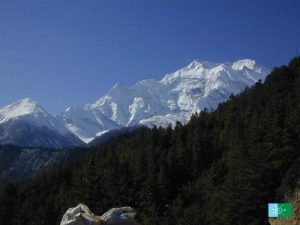
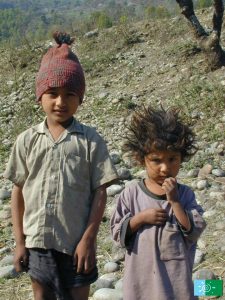
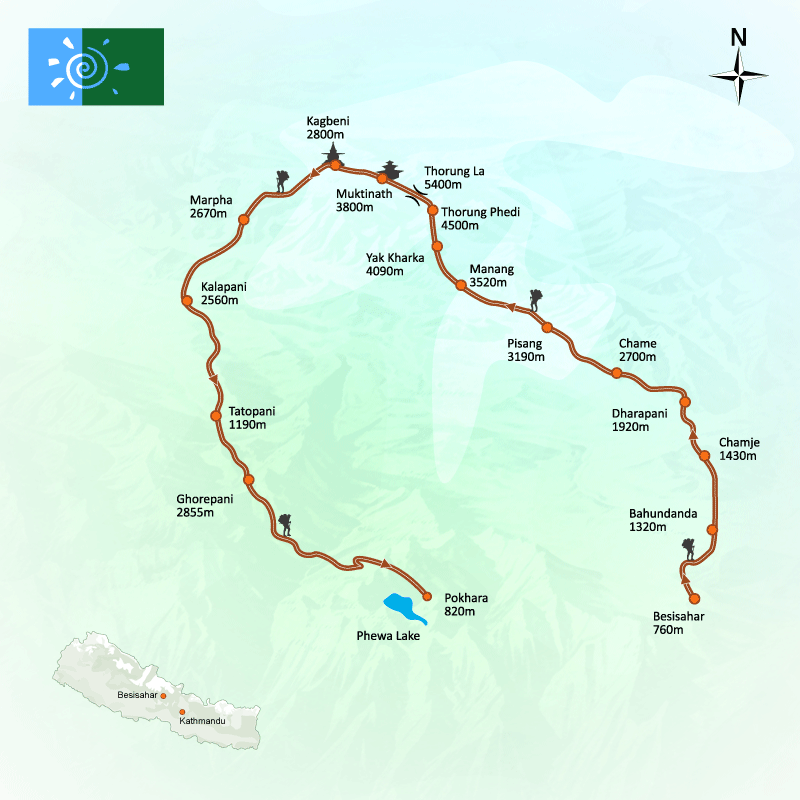
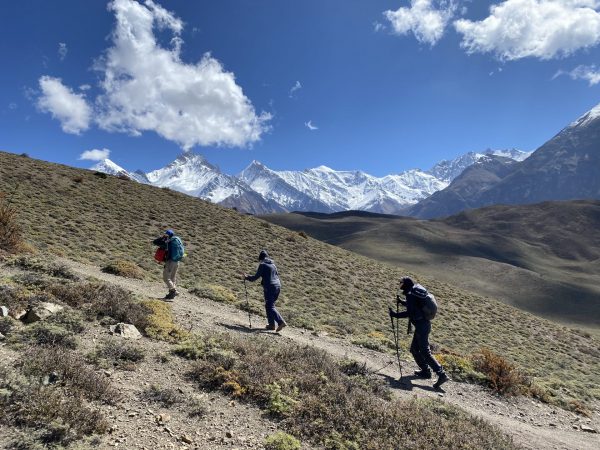
 Altitude:
3,710 m/12,171ft.
Altitude:
3,710 m/12,171ft.
 Difficulty:
Moderate
Difficulty:
Moderate
